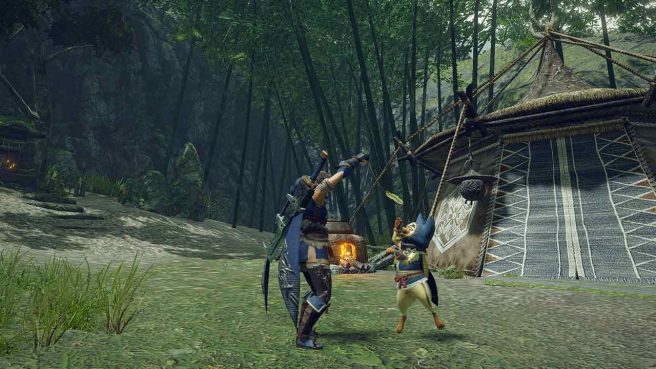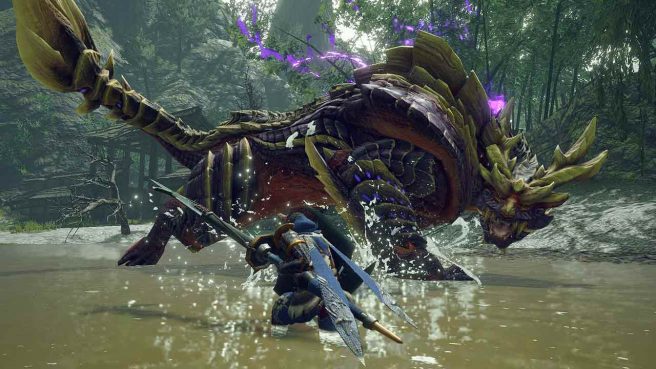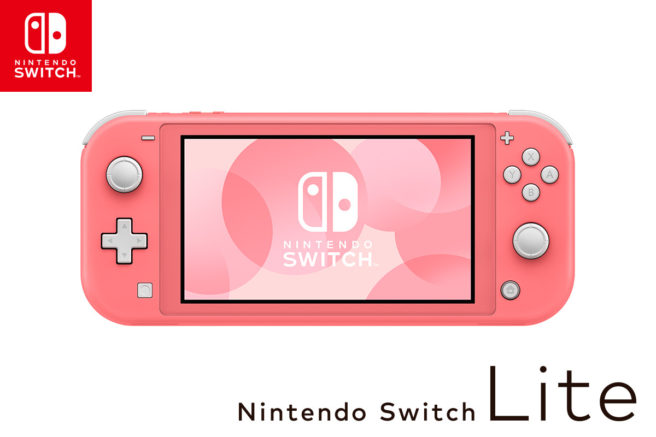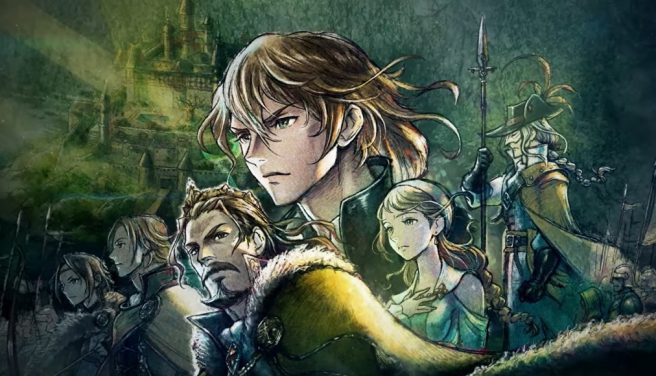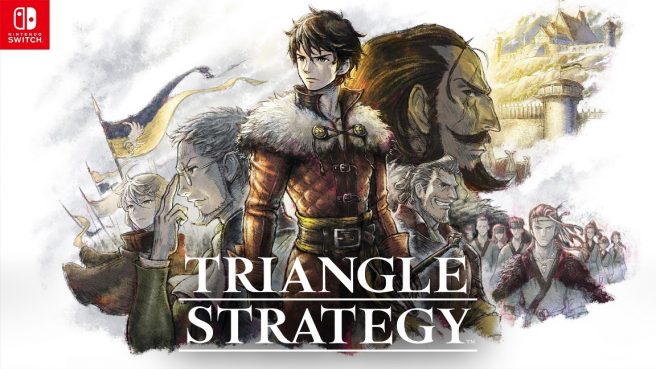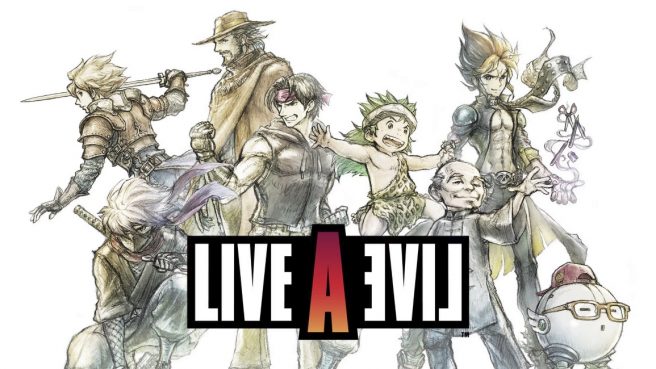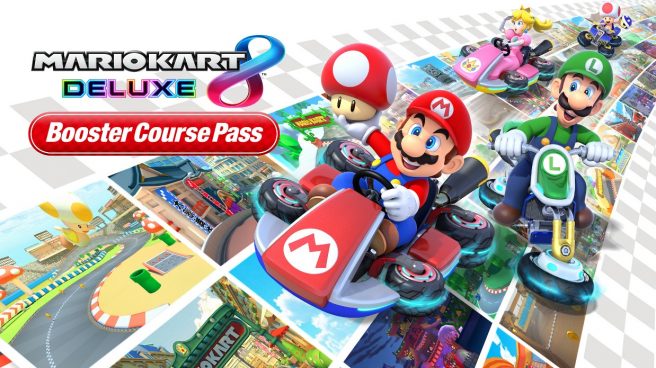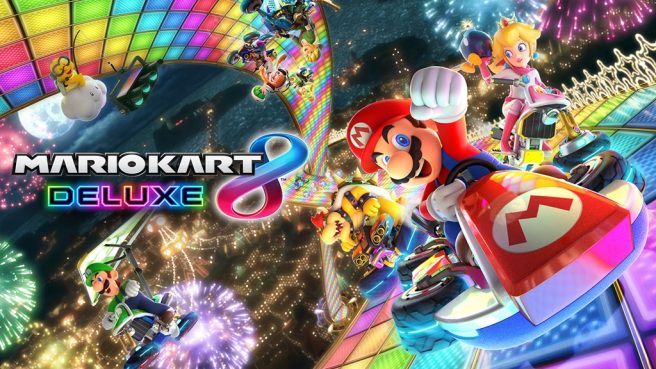Monster Hunter Rise director on touch controls, tech performance
Posted on 3 years ago by Jarop(@gamrah) in News, Switch | 0 comments
Touch controls were a staple of many handheld Monster Hunter entries, which left many fans wondering why the control options weren’t quite as expansive in Monster Hunter Rise. In a recent interview with Nintendo Dream, Monster Hunter Rise director Yasunori Ichinose explained that as the Switch is a hybrid console, control choices largely stemmed from the fact the team had to develop with both handheld and docked play in mind.
Below is a translation of Ichinose’s full explanation, as well as other tidbits he shared about developing the game on Capcom’s proprietary RE Engine.
Monster Hunter Rise director on how the Sonic collaboration came to be
Posted on 3 years ago by Jarop(@gamrah) in News, Switch | 0 comments
Monster Hunter Rise features a variety of different crossover event quests and had guests from other Capcom properties like Street Fighter, Okami and Mega Man, but there was one collaboration in particular that stood out: the Sonic the Hedgehog 30th Anniversary quest. In an interview with Nintendo Dream, director Yasunori Ichinose explained how Sonic fans on the team prepared and submitted different ideas to SEGA, who ultimately greenlit the collaboration.
We’ve translated Ichinose’s account of the crossover below.
Monster Hunter Rise development started with 3DS, team made modifications to Generations Ultimate
Posted on 3 years ago by Jarop(@gamrah) in 3DS, News, Switch | 0 comments
Monster Hunter Rise director Yasunori Ichinose recently sat down with Japanese magazine Nintendo Dream to share some tidbits about the game’s development. The game actually began its development back on the 3DS, with a small team experimenting with modifications to Monster Hunter Generations Ultimate.
The same part of the discussion also gives insight into how the situation with COVID impacted development.
Below are a translation of Ichinose’s comments from the interview:
More: Capcom, highlight, Monster Hunter Rise, top, Yasunori Ichinose
How Nintendo added coral to the Switch Lite color lineup
Posted on 3 years ago by Jarop(@gamrah) in News, Switch | 0 comments
Nintendo hardware has always had striking color palettes dating all the way back to the GameCube with its distinct indigo, platinum silver, and spice orange launch lineup. Nintendo designer Sakai Yurkio gave us a peak into what’s involved with choosing these memorable colors in a Nintendo keyword article, explaining the thought process behind the coral Nintendo Switch Lite that debuted alongside Animal Crossing: New Horizons.
For a look into how the team settled on the coral Nintendo Switch Lite, we’ve put together a full translation of the article. You can read it below.
Triangle Strategy producers say HD-2D “costs more than you’d think”
Posted on 3 years ago by Jarop(@gamrah) in News, Switch | 0 comments
In a recent interview with Japanese outlet 4Gamer, Triangle Strategy producers Tomoya Asano and Yasuaki Arai discussed how the team was able to implement Square Enix’s signature HD-2D art style in their latest release.
Despite the art style having a seemingly nature and straight forward implementation, they noted that it “costs more than you’d think” and required the help of teams who had previously worked with the tech to finish development in such a short amount of time.
More: highlight, Square Enix, top, Triangle Strategy
Triangle Strategy devs on how the game uses “accurate” HD-2D
Posted on 3 years ago by Jarop(@gamrah) in News, Switch | 0 comments
Not too long ago, Triangle Strategy producers Tomoya Asano and Yasuaki Arai sat down with Japanese website 4Gamer to share some insights from their time making Square Enix’s latest Switch title.
The highly praised HD-2D art style made a return, and the pair talked about the challenges the team faced to make it work in a tactical RPG. Turn-based RPGs like Octopath Traveler, another game to make use of HD-2D, operate with a fixed camera. However, Triangle Strategy offered a fresh set of challenges to overcome thanks to the more expansive map designs in a tactical RPG.
More: highlight, Square Enix, top, Triangle Strategy
Live A Live dev on how long the remake has been in the works and more
Posted on 3 years ago by Jarop(@gamrah) in News, Switch | 0 comments
In a recent interview with Japanese magazine Famitsu, original Live A Live director Takashi Tokita spoke about how the team made the upcoming Switch release a reality.
In addition to explaining how the remake ended up in HD-2D, Tokita spoke about the game’s short development cycle, which began at the beginning of 2019 and continued through the pandemic.
Our translation of his full comments can be found below.
More: highlight, interview, live a live, Square Enix, Takashi Tokita, top
Live A Live dev on remake’s origins, why it’s HD-2D
Posted on 3 years ago by Jarop(@gamrah) in News, Switch | 0 comments
Following the announcement of Live A Live’s HD-2D remake, Japanese magazine Famitsu sat down with original director Takashi Tokita, to talk about the game’s development.
The new Switch version served as the perfect opportunity to re-release the game, something the team tried to do many times over the years. Tokita dove into a number of other topics as well including why the team settled on the HD-2D art style.
Here’s our translation of the excerpt from Famitsu:
More: highlight, interview, live a live, Square Enix, Takashi Tokita, top
Mario Kart 8 Deluxe producer on Booster Course Pass DLC approach, design philosophy for the future
Posted on 3 years ago by Jarop(@gamrah) in News, Switch | 0 comments
Following the announcement and initial release of Mario Kart 8 Deluxe’s Booster Course Pass DLC, producer Kosuke Yabuki spoke to Japanese publication Nikkei about the design philosophy behind the retro course remasters and how the team expects to handle the series going forward.
In particular, Yabuki and the team want to honor former president Satoru Iwata’s mantra of making as many games as accessible to as many people as possible.
A translation of Yabuki’s comments can be found below.
More: highlight, Kosuke Yabuki, Mario Kart 8 Deluxe, top
Mario Kart 8 Deluxe producer didn’t anticipate historic sales success, talks popularity
Posted on 3 years ago by Jarop(@gamrah) in News, Switch | 0 comments
Mario Kart 8 has seen the longest tale of any entry in the series, with support for the game continuing eight years after the initial release on Wii U (and five years after Switch) through the recently announced Booster Course Pass. Producer Kosuke Yabuki recently spoke to Japanese outlet Nikkei about the game, admitting the team didn’t anticipate the incredible sales of Deluxe for Switch. He believes the breadth of its appeal was likely a big contributing factor, as well as the fact that the Joy-Con make every Switch a potential 2-player console.
We’ve prepared a translation of Yabuki’s full comments below.
